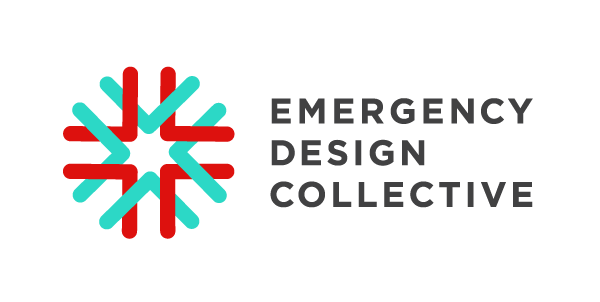COVID-19 Drive-Thru Testing Service Design Guide
PROJECT LEAD: Stacey Chang
PROJECT CONTRIBUTORS: Stephanie Morgan, Lauren Gardner, Diana Gonzales, Jose Colucci, Adam Zeiner, Natalie Campbell, Taylor Cook, Rose Lewis, Arotin Hartounian, Gwen Gage, Laura Bashour, Jacob Cooper, Joshua Morris
PROJECT DESCRIPTION
In April 2020, COVID-19 drive-thru testing facilities were established at Dell Medical School and at a local federally qualified health center, CommUnityCare Health Centers, both in coordination with the local public health department in Austin, Texas. Early in the establishment of these testing sites, Dell Med asked our team to identify challenges and opportunities to improve the workflow design and enable scaling of these types of testing sites in the context of limited supplies.
PROBLEM STATEMENT
How might we improve and evolve a rapidly-devised testing site workflow to prepare for increased volume and scale?
STRATEGY
Use service design methods to map and identify collisions and tensions for people providing and receiving care as well as system weaknesses, and then redesign an improved and ready-to-scale workflow.
INSIGHTS & HIGHLIGHTS
Design teams focused observations on four main areas of the workflow: Screening, Testing, Background Operations, and General Workflow Efficiency. From these observations, we discovered the testing workflow could be simplified into six sequential steps: Screening, Intake, Collection, Processing, Consultation, Education.
1. Reduce errors and increase speed by limiting the task complexity for any one person:
Rather than expecting a provider to learn several new tasks in this rapidly evolving workflow, streamline a person’s tasks so they can focus and master them quickly. This also improves the providers confidence in delivering a new service under duress that reduces anxiety and allows them to deliver care confidently and with empathy.
2. Create two service lanes:
Separating priority testing for at-risk individuals from those who do not qualify for a test expedites testing while also creating a separate service lane to address anxieties and concerns about continuation of daily life for those who do not get tested.
3. Send people home with what to do next:
Developing and disseminating paper communications tailored for both service lanes of the site provides each person receiving either service with a consistent and efficient way to deliver expert directions and resources in a self-paced and bilingual format that people can take home with them.
4. Codify and distribute the improved workflow:
To prepare our community and others for increased volume and scale, a guide needs to be publicly available that captures the entire workflow, testing site design, and communications in order to share best practices and expedite staff onboarding, new testing-site





